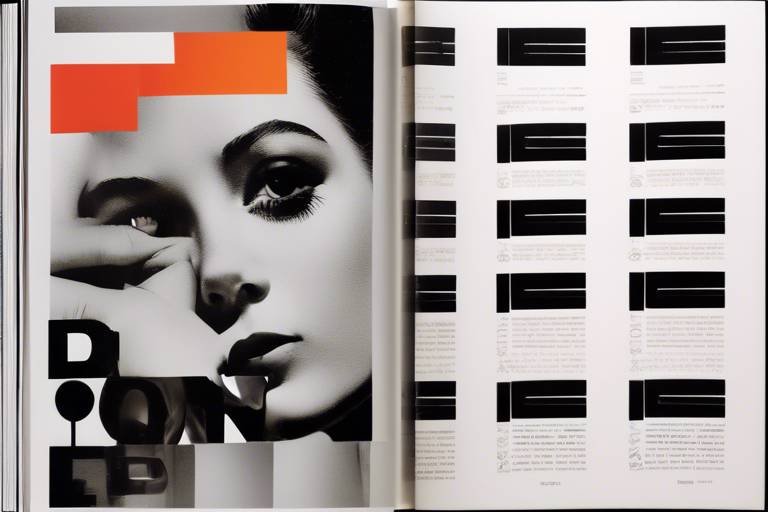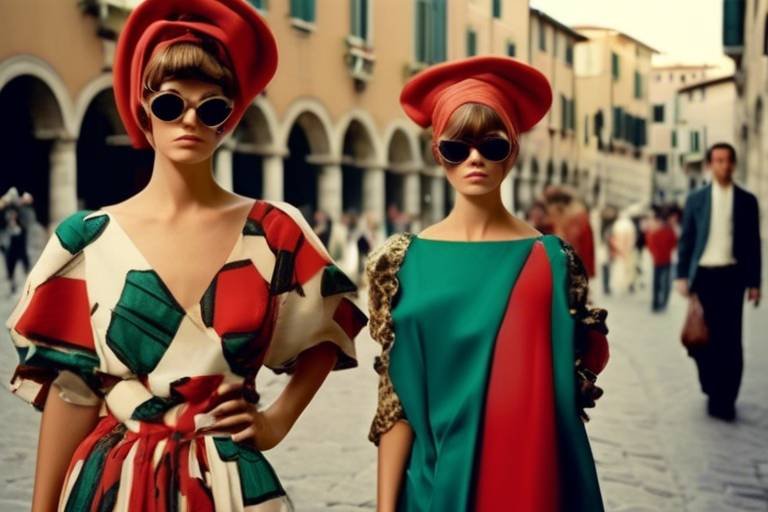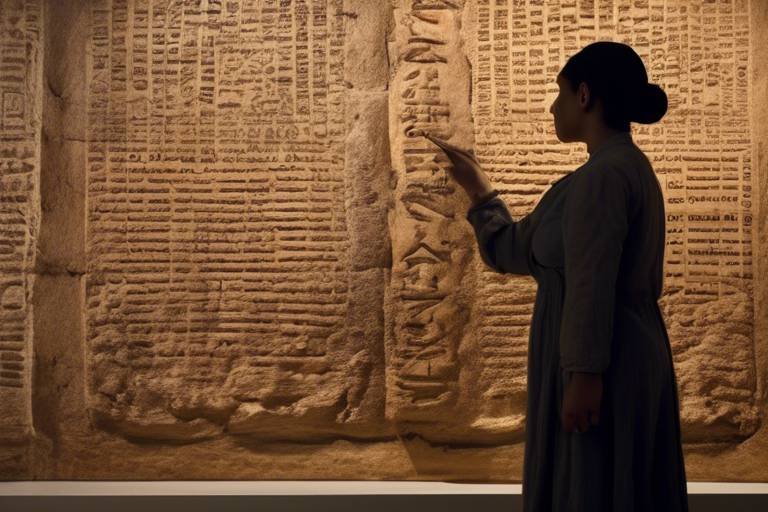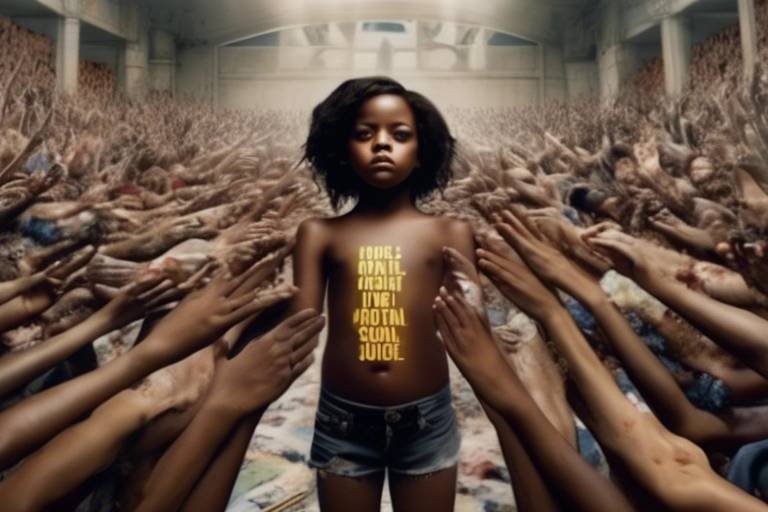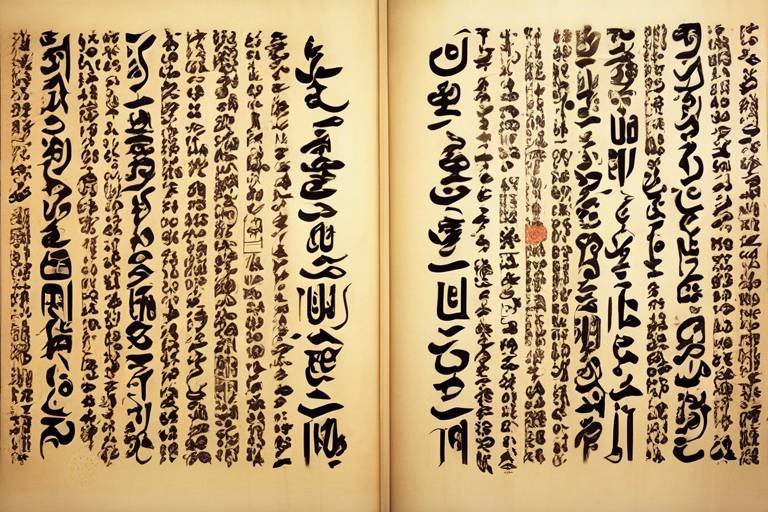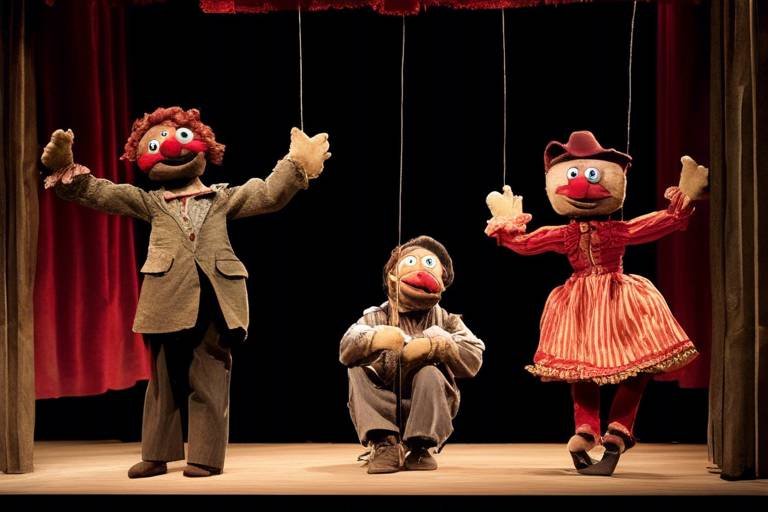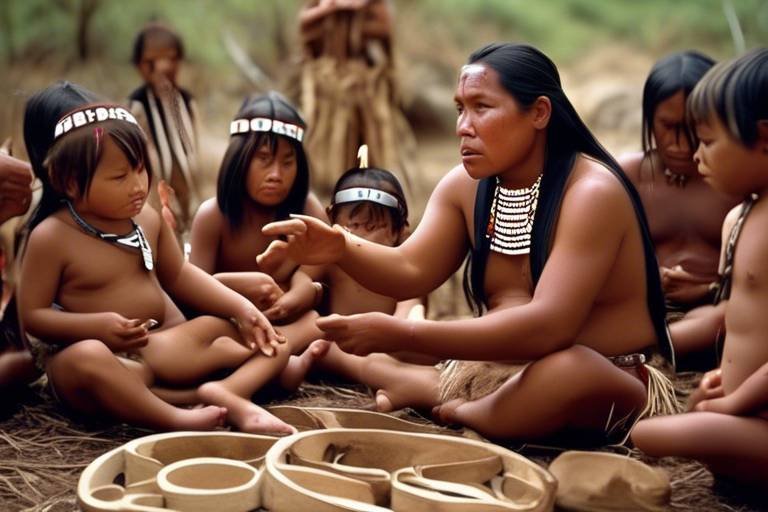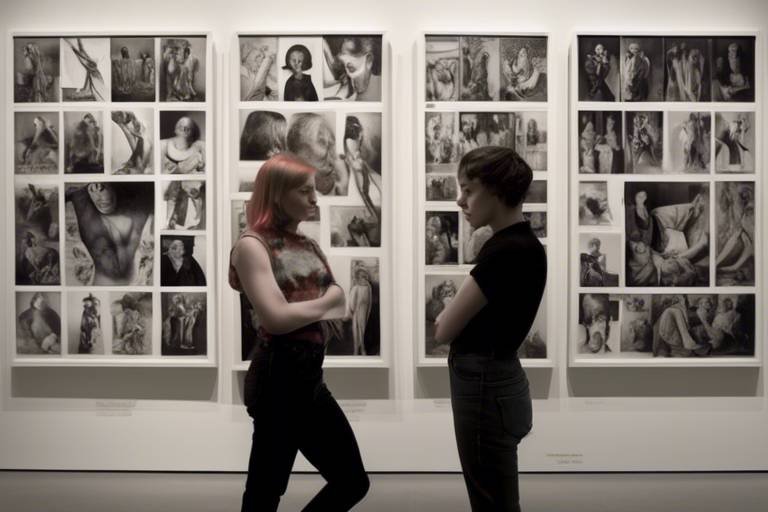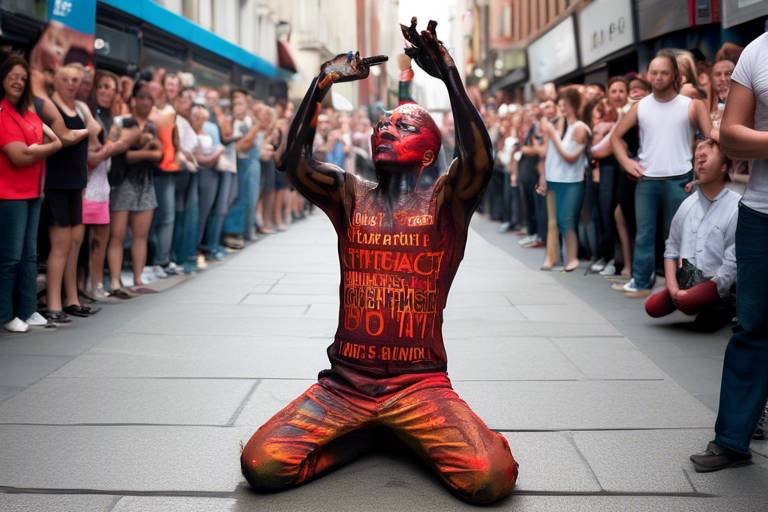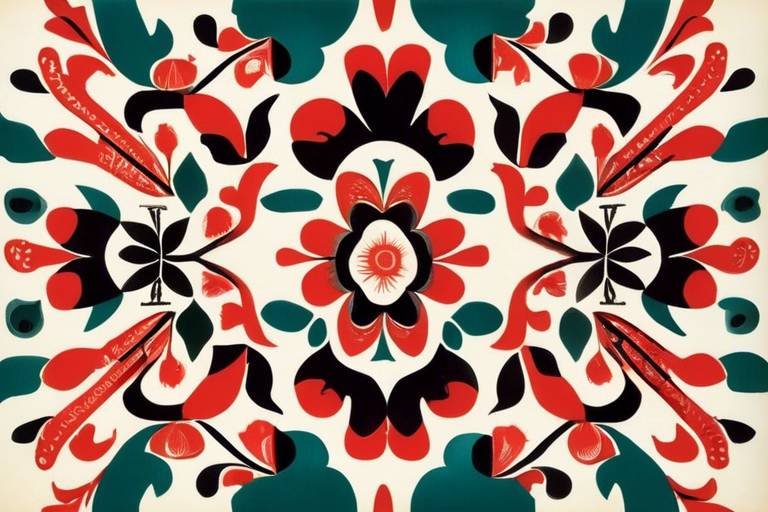The Legacy of the Baroque Period in Art and Architecture
During the Baroque period, art and architecture experienced a monumental shift that left a lasting impact on the artistic world. The legacy of this period is seen in the grandeur, drama, and emotional intensity that characterize Baroque works. Artists and architects of this era pushed the boundaries of creativity, incorporating dynamic movement, intricate details, and a sense of theatricality into their creations.
Baroque architecture, in particular, is known for its ornate decoration, dramatic lighting, and ability to evoke a sense of awe in viewers. The use of light and color in Baroque works played a crucial role in creating dramatic effects and adding depth to compositions. Vibrant colors and strong contrasts between light and shadow were key elements that defined the Baroque style.
Prominent figures such as Caravaggio, Gian Lorenzo Bernini, and Peter Paul Rubens made significant contributions to Baroque art, while architects like Francesco Borromini, Christopher Wren, and Johann Bernhard Fischer von Erlach left their mark on Baroque architecture. The influence of religion and politics on Baroque art cannot be understated, as many works were commissioned by the Catholic Church and European monarchs to promote specific agendas.
The Baroque period not only shaped the artistic landscape of its time but also laid the foundation for future movements such as Rococo and Neoclassicism. Its emphasis on emotion, movement, and grandeur continues to inspire artists and architects to this day, making the legacy of the Baroque period a vital part of art and architectural history.

Characteristics of Baroque Art and Architecture
Baroque art and architecture are renowned for their distinctive characteristics that set them apart from other artistic styles. In the realm of art, Baroque is synonymous with grandeur, drama, and emotional intensity. The movement is characterized by dynamic movement, intricate details, and a profound sense of theatricality that captivates the viewer's attention. On the architectural front, Baroque design features ornate decoration, dramatic lighting, and a concerted effort to create a sense of awe in the beholder.
One of the defining features of Baroque art is its emphasis on creating a sense of movement and energy within the artwork. This dynamism is achieved through the use of diagonals, spirals, and curves that infuse the compositions with a sense of vitality and drama. The intricate details found in Baroque art serve to draw the viewer into the piece, inviting closer inspection and revealing hidden layers of meaning.
Baroque architecture, on the other hand, is characterized by its theatricality and grandiosity. Buildings of this style often feature elaborate facades, intricate stucco work, and opulent interiors that aim to impress and overwhelm the senses. Dramatic lighting, achieved through the strategic placement of windows and the use of chiaroscuro effects, further enhances the sense of drama and spectacle in Baroque buildings.
The use of light and color is another hallmark of Baroque works, both in art and architecture. In paintings, artists like Caravaggio mastered the technique of chiaroscuro, using stark contrasts between light and shadow to create a sense of depth and drama. Vibrant colors, often used to evoke strong emotions, are a common feature of Baroque paintings and architectural embellishments, adding to the overall sense of opulence and grandeur.

Key Artists and Architects of the Baroque Period
Prominent figures in Baroque art include Caravaggio, Gian Lorenzo Bernini, and Peter Paul Rubens. Caravaggio, known for his revolutionary use of light and shadow, created dramatic and emotionally charged paintings that captured the viewer's attention. Bernini, a master sculptor and architect, was renowned for his dynamic and theatrical sculptures, such as the breathtaking Ecstasy of Saint Teresa. Rubens, on the other hand, excelled in vibrant and dynamic compositions, often depicting mythological and religious subjects with rich colors and intricate details.
In architecture, key figures of the Baroque period include Francesco Borromini, Christopher Wren, and Johann Bernhard Fischer von Erlach. Borromini's innovative use of geometric forms and light effects can be seen in his masterpiece, the Church of San Carlo alle Quattro Fontane in Rome. Wren, famous for his work on St. Paul's Cathedral in London, combined classical elements with Baroque grandeur to create iconic structures. Fischer von Erlach, known for his monumental and ornate designs, left a lasting impact on Central European architecture with buildings like the Karlskirche in Vienna.

Influence of Religion and Politics
Baroque art and architecture have left an indelible mark on the world, embodying a unique blend of grandeur, drama, and emotional intensity. The characteristics of Baroque art are unmistakable, with its dynamic movement, intricate details, and a sense of theatricality captivating viewers for centuries. Similarly, Baroque architecture is defined by ornate decoration, dramatic lighting, and a focus on creating a sense of awe that transcends time.
Baroque art is known for its grandeur, drama, and emotional intensity, characterized by dynamic movement, intricate details, and a sense of theatricality. Baroque architecture features ornate decoration, dramatic lighting, and a focus on creating a sense of awe.
Throughout the Baroque period, visionary artists and architects emerged, reshaping the artistic landscape with their innovative approaches. Figures such as Caravaggio, Gian Lorenzo Bernini, and Peter Paul Rubens are celebrated for their contributions to Baroque art, while architects like Francesco Borromini, Christopher Wren, and Johann Bernhard Fischer von Erlach pushed the boundaries of architectural design.
The influence of religion and politics on Baroque art and architecture cannot be overstated. Commissioned by the Catholic Church and European monarchs, Baroque works served as powerful tools to promote religious and political agendas. Through their grandiose and emotional nature, Baroque masterpieces aimed to inspire awe, convey power, and evoke profound spiritual experiences.
Light and color were integral components of Baroque art, employed masterfully to create striking visual effects and evoke powerful emotions. Artists skillfully utilized strong contrasts between light and shadow to infuse their works with drama and depth, while vibrant colors added richness and vitality to paintings and architectural elements.
The legacy of the Baroque period extends far beyond its own time, influencing subsequent artistic movements and shaping the course of art history. From the opulence of Rococo to the classical elegance of Neoclassicism, the echoes of Baroque aesthetics reverberate through the centuries, inspiring artists and architects to this day.

Use of Light and Color in Baroque Works
The Baroque period is renowned for its innovative use of light and color in both art and architecture, setting it apart from previous artistic styles. Artists of this era skillfully manipulated these elements to evoke emotion, drama, and depth in their works.
One of the defining features of Baroque art is the dramatic play of light and shadow, known as chiaroscuro. This technique creates a strong contrast between light and dark areas, adding a sense of dynamism and intensity to the composition. Artists like Caravaggio mastered this technique, using it to bring their subjects to life with a heightened sense of realism.
In addition to chiaroscuro, vibrant colors were another hallmark of Baroque works. Artists used rich, bold hues to create visually striking and emotionally powerful pieces. The use of color was not only decorative but also served to enhance the overall mood and atmosphere of the artwork.
Baroque architecture also embraced the use of light and color to create awe-inspiring spaces. Elaborate frescoes and stained glass windows were common features in Baroque churches, allowing natural light to filter in and illuminate the interiors with a heavenly glow. The interplay of light and color in these architectural marvels created a sense of transcendence and spiritual upliftment.

Lasting Impact on Future Artistic Movements
Baroque art and architecture have left an indelible mark on the world of creativity, shaping future artistic movements with their grandeur and emotional depth. As we delve into the lasting impact of the Baroque period on future artistic endeavors, we uncover a rich tapestry of influence that continues to inspire and captivate artists and architects to this day.
The Baroque period, with its emphasis on emotion, movement, and grandeur, set the stage for a myriad of artistic movements that followed in its wake. One of the most notable influences of Baroque art can be seen in the emergence of Rococo, a style characterized by ornate decoration and a playful approach to design. The intricate details and sense of drama present in Baroque works paved the way for the delicate and whimsical aesthetic of Rococo art.
Furthermore, the principles of Neoclassicism, which sought to revive the classical art of ancient Greece and Rome, were also deeply rooted in Baroque traditions. The focus on symmetry, proportion, and a return to classical ideals in Neoclassical art can be traced back to the grandiose architectural designs and emotional intensity of the Baroque period.
Even in modern art and architecture, echoes of the Baroque era can be found. The use of light and color to evoke emotion and create dynamic compositions, a hallmark of Baroque works, continues to be a driving force in contemporary artistic expression. The legacy of the Baroque period lives on in the innovative and awe-inspiring creations of today's artists and architects, proving that its influence is truly timeless.
Frequently Asked Questions
- What are the main characteristics of Baroque art and architecture?
Baroque art is known for its grandeur, drama, and emotional intensity, characterized by dynamic movement, intricate details, and a sense of theatricality. Baroque architecture features ornate decoration, dramatic lighting, and a focus on creating a sense of awe.
- Who are some key artists and architects of the Baroque period?
Prominent figures in Baroque art include Caravaggio, Gian Lorenzo Bernini, and Peter Paul Rubens. In architecture, figures like Francesco Borromini, Christopher Wren, and Johann Bernhard Fischer von Erlach made significant contributions to the style.
- How did religion and politics influence Baroque art and architecture?
Baroque art and architecture were often commissioned by the Catholic Church and European monarchs to promote religious and political agendas. The grandiose and emotional nature of Baroque works aimed to inspire awe and convey power.
- What role did light and color play in Baroque works?
Light played a crucial role in Baroque art, with artists using strong contrasts between light and shadow to create dramatic effects and add depth to their compositions. Vibrant colors were also a hallmark of Baroque paintings and architecture.
- How did the Baroque period influence future artistic movements?
The Baroque period laid the foundation for subsequent artistic movements, influencing Rococo, Neoclassicism, and even aspects of modern art and architecture. Its emphasis on emotion, movement, and grandeur continues to inspire artists and architects today.


